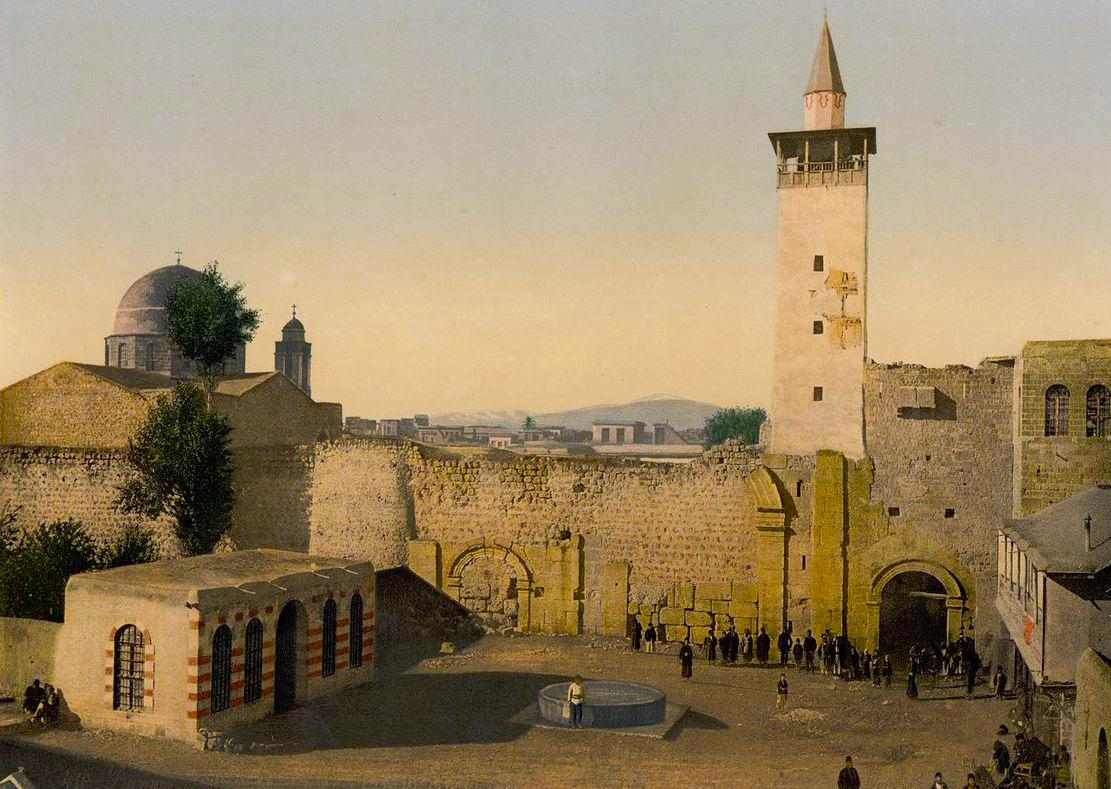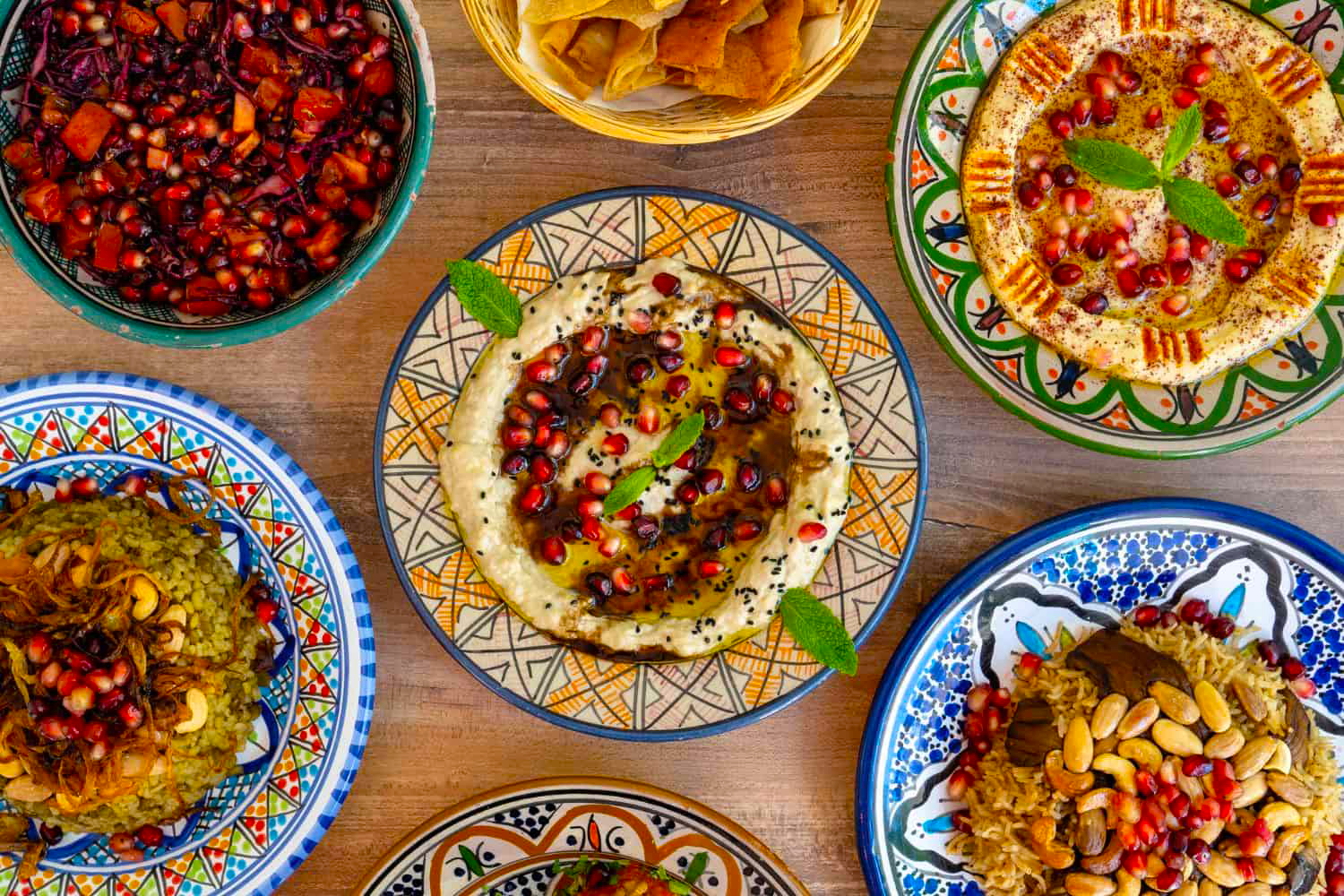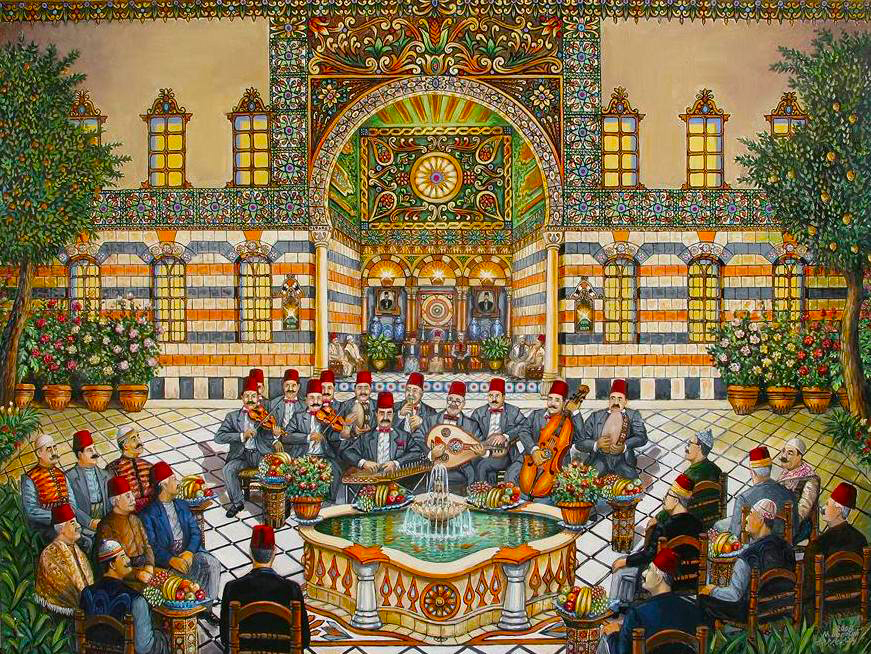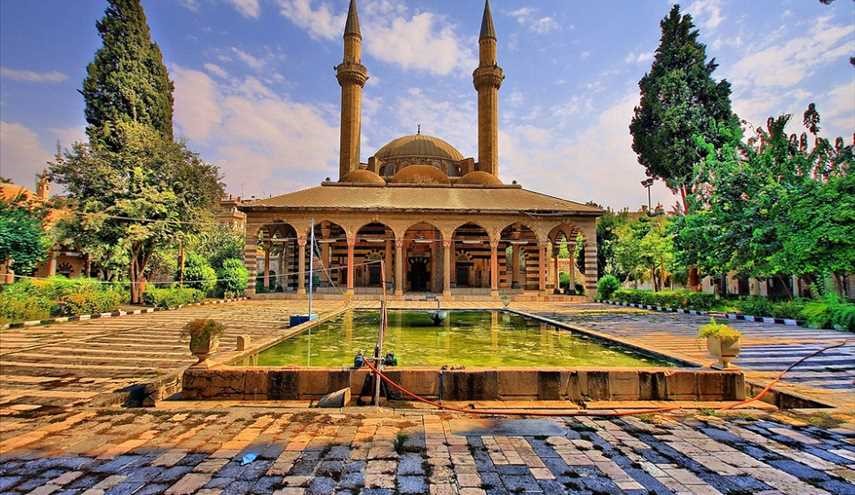Al-Tekiyeh al-Suleimaniyeh: The Ottoman Jewel on the Banks of the Barada River: In the heart of Damascus, a city famed for its spiritual and cultural richness, lies one of the most elegant and iconic Ottoman architectural masterpieces outside of Istanbul — al-Tekiyeh al-Suleimaniyeh. Nestled between the Barada River and the National Museum, this serene complex is a peaceful sanctuary for travelers who want to explore Syria’s Ottoman heritage, Islamic spirituality, and traditional arts.
Commissioned by Sultan Suleiman the Magnificent and designed by his imperial architect Mimar Sinan, al-Tekiyeh al-Suleimaniyeh stands as a physical symbol of Damascus’s role within the grand fabric of the Ottoman Empire. Its calm courtyards, white domes, and domed minarets are not just architecturally impressive, but spiritually evocative.
Historical Background
Ottoman Expansion and Damascus
During the early 16th century, the Ottomans extended their influence across the Arab world, and Damascus became a key administrative and military post. As a major stop on the annual Hajj pilgrimage route from Istanbul to Mecca, the city needed an official religious and logistical center to accommodate pilgrims, scholars, and travelers.
In 1554, Sultan Suleiman the Magnificent ordered the construction of a religious complex (tekkiyeh) that would serve both as a Sufi monastery and a hostel for pilgrims.
Mimar Sinan’s Signature Design
The construction was entrusted to Mimar Sinan, the most celebrated architect of the Ottoman Empire. His designs, influenced by Hagia Sophia and classical Islamic geometry, aimed to inspire spiritual reflection while maintaining structural harmony. Sinan’s work on al-Tekiyeh al-Suleimaniyeh marks one of his most significant contributions outside of Turkey.
The complex was completed in the mid-16th century and has remained an essential historical landmark in Damascus ever since.
Architectural Overview
Layout and Design
The complex consists of:
- A Friday mosque (Jami‘ al-Tekiyeh) with a large prayer hall
- A Sufi lodge (zawiya) for dervishes and scholars
- Courtyards with water fountains and arched colonnades
- Dormitories and guest rooms for pilgrims
- A domed public kitchen (imaret) that once served meals
- Adjacent structures for storage, teaching, and administration
The architectural design is distinctively Ottoman, with white Iznik tiles, pointed arches, pencil-thin minarets, and a layout centered around symmetry and natural light.
Unique Features
- The mosque has a central lead-covered dome supported by smaller half-domes
- The walls are adorned with Arabic calligraphy, floral motifs, and Quranic inscriptions
- The mihrab and minbar are intricately carved in marble
- Traditional wooden doors, window shutters, and latticework showcase Damascene craftsmanship
The entire site exudes calmness and grandeur without excess — a true reflection of Ottoman aesthetics.
Religious and Cultural Significance
A Spiritual Center
Al-Tekiyeh al-Suleimaniyeh was not only a mosque but also a tekkiyeh, a spiritual lodge for Sufi dervishes, particularly of the Halveti and Naqshbandi orders. Sufi ceremonies, dhikr sessions, and Quranic recitations were regularly held in the zawiya section.
The location became a magnet for scholars, pilgrims, and mystics, forming part of a larger intellectual and spiritual network connecting Damascus to Istanbul, Cairo, and the Hijaz.
Pilgrimage and Hospitality
One of the complex’s main roles was to host pilgrims en route to Mecca. The lodge provided free meals, rest areas, and medical care, upholding Islamic traditions of hospitality and service to travelers.
Over time, the tekkiyeh became synonymous with generosity and spiritual refuge.
The Handicrafts Market and Modern Use
Khan al-Harir and Traditional Crafts
In the 20th century, the northern courtyard of the complex was adapted to house a traditional crafts market, known as the Souq al-Harir or the Damascus Crafts Market. This transformation revitalized the site and brought artisans back to its ancient halls.
Inside the market, visitors can find:
- Damascene inlaid wood (mosaic)
- Hand-blown glass
- Copper engraving
- Traditional Syrian embroidery
- Miniature paintings, ceramics, and calligraphy
Each workshop is operated by a master artisan preserving centuries-old techniques passed down through generations. Tourists are welcome to observe or purchase handmade souvenirs.
Educational and Cultural Events
Today, al-Tekiyeh al-Suleimaniyeh occasionally hosts cultural exhibitions, heritage workshops, and religious lectures, particularly during Ramadan or Islamic holidays. Its serene atmosphere makes it ideal for peaceful exploration or contemplation.
Location and Access
Where to Find It
- Address: Shukri al-Quwatli Street, opposite the Damascus National Museum
- District: Baramkeh, just a few minutes’ walk from the Old City’s western wall
- Nearby Sites: Umayyad Mosque, Azem Palace, Khan As’ad Pasha, and Souk al-Hamidiyah
Its strategic location makes it easy to visit before or after exploring the Old City.
Transportation
- Accessible by taxi or ride apps
- Within walking distance from central hotels in Damascus
- Street parking available nearby
Opening Hours
- Open daily, typically from 9:00 AM to 5:00 PM, except during prayer times
- Fridays may have restricted access due to Jumu’ah prayers
- During Ramadan, visiting hours are limited to morning or post-Iftar times
Entry Information
- Entry to the mosque is free, but donations to the upkeep of the space are welcomed
- Some portions of the lodge and market may have restricted areas or special entry
- Modest dress is required — women should cover hair and wear long sleeves or a scarf
- Shoes must be removed before entering prayer areas
Tips for Visitors
Best Time to Visit
- Morning hours (9:00 – 11:30 AM) are ideal for photography and peaceful walks
- Avoid prayer times if visiting the mosque interior
- The artisans’ market is livelier in the afternoon
Cultural Etiquette
- Always ask before photographing people or workshops
- Respect the spiritual ambiance — avoid loud behavior inside prayer areas
- Interact with artisans respectfully; many are happy to explain their craft if asked politely
What to Bring
- A camera or phone for architecture photography
- Cash for craft purchases — most stalls do not accept cards
- A scarf or shawl for female visitors
Restoration and Preservation Efforts
Due to its age and historical value, al-Tekiyeh al-Suleimaniyeh has undergone several restoration projects, particularly in the late 20th and early 21st centuries. Efforts have focused on:
- Preserving original stone masonry and domes
- Restoring damaged calligraphy and tilework
- Reinforcing structural stability after periods of neglect
Conservation work is often supported by the Syrian Directorate of Antiquities and UNESCO-affiliated projects.
Spiritual and Architectural Harmony
Unlike many mosques that reflect an overtly local style, al-Tekiyeh al-Suleimaniyeh is distinctly Ottoman, yet seamlessly blends into the Damascene skyline. Its architecture bridges cultures, while its spiritual function continues a tradition of open-heartedness, knowledge, and devotion.
Visitors often note the quiet reverence of the space — a welcome contrast to the bustling markets and narrow alleys of the nearby Old City.
Final Thoughts
Al-Tekiyeh al-Suleimaniyeh is more than a mosque, more than a monument. It is a living symbol of Damascus’s Islamic and Ottoman identity, as well as a space where art, faith, and history intersect. Whether you are a lover of architecture, a student of history, a cultural traveler, or a spiritual seeker, this site promises an enriching and reflective experience.
Its timeless beauty, tranquil setting, and cultural treasures make it one of the most important and underrated landmarks in Damascus — a must-visit destination that gracefully connects the past with the present.



